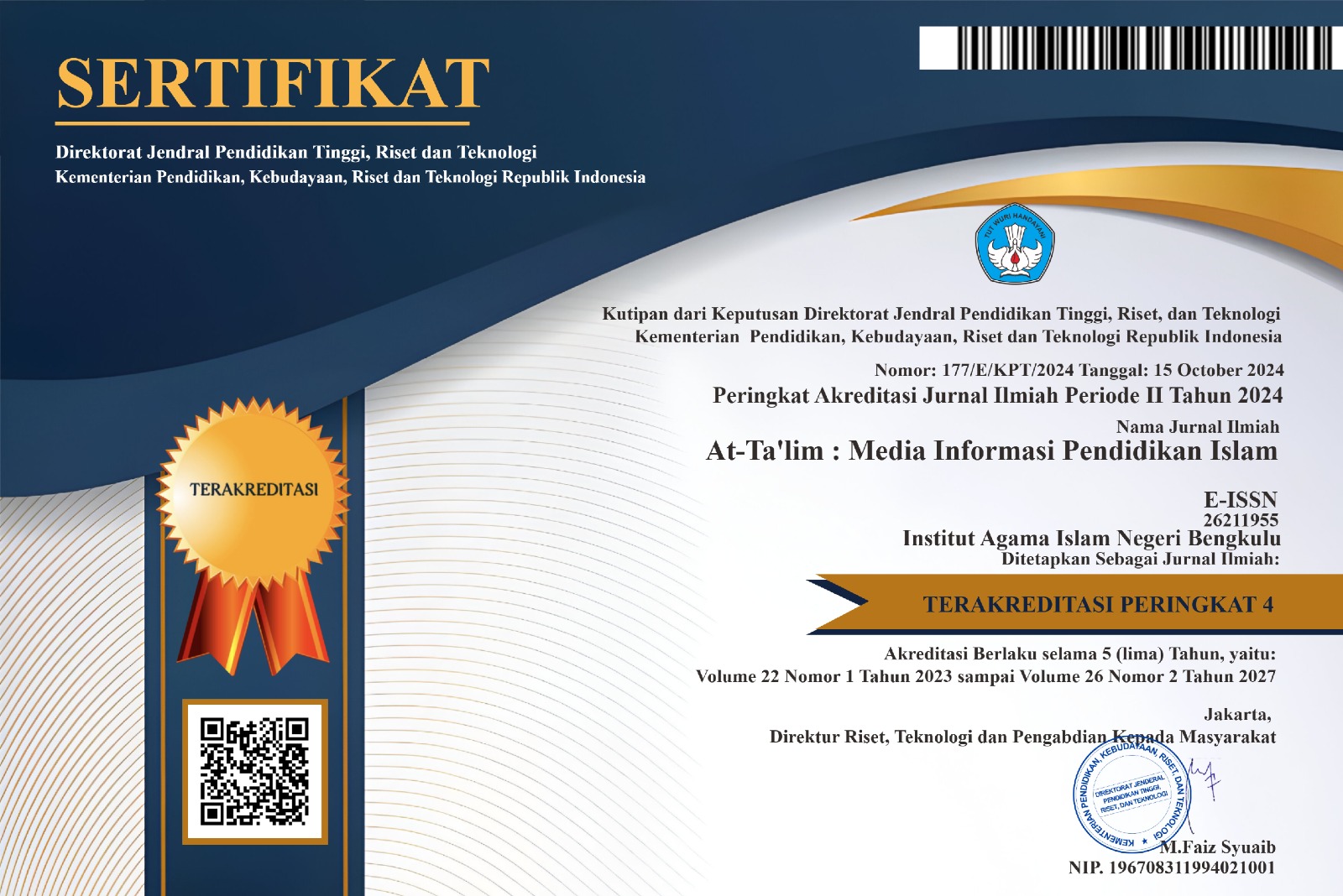LAFAL BAHASA INDONESIA BAKU SEBAGAI BAHASA RESMI NEGARA INDONESIA
Abstract
Language, both spoken language and written language, has always been associated with the school called high language diversity. This high diversity of languages commonly is used by those considered an educated person. One of the prominent features of the language of learning concerning pronunciation is the sound system which is more complex than the sound system owned by the uneducated. In addition, to the repertoire of sounds is more fonotaktis rules stating and the sound combinations are more complex, the language of the educated tend to be too different from the language of the uneducated in terms of pressure on the administration rules. Language of the educated tend to exhibit a more regular stress rules and more substantive than the language of the uneducated. Standard pronunciation of personality function will look when we are involved in the association between nations. Through one's spoken language , we can know whether he was using a foreign accent or dialect. Foreigners who learn Indonesian can master Indonesian excellent , but it is usually limited to the written language.
Keywords
Full Text:
PDF (Bahasa Indonesia)References
Abercrombie, David. 1956. Problems and Principles Studies in the Teaching of English as a Second Language. London: Longman.
Alwi, Hasan dkk.1998. Tata Bahasa Baku Bahasa Indonesia (edisi ketiga). Jakarta: Balai Pustaka.
Kridalaksana, Harimurti. 1975. "Tata Cara Standardisasi dan Pengembangan Bahasa Nasional" dalam Pengajaran Bahasa dan Sastra. No. 3 pp 7--14.
Moeliono, Anton M. 1975. "Ciri-Ciri Bahasa Indonesia yang Baku" dalam Pengajaran Bahasa dan Sastra. No. 3. pp. 2--6.
Salim, Emil. 1983. "Membangun Bahasa Pembangunan". Makalah pada Kongres Bahasa Indonesia IV.
Trudgill, Peter. 1975. Accent Dialect and The School. London: Edwar Arnold Ltd.
DOI: http://dx.doi.org/10.29300/attalim.v12i2.1634
Refbacks
- There are currently no refbacks.
Copyright (c) 2019 Kemal Mas'ud Ali

This work is licensed under a Creative Commons Attribution-NonCommercial-ShareAlike 4.0 International License.
Thank you, the journal editorial team appreciates your visit to the At-Ta'lim : Media Informasi Pendidikan Islam. Think that working together will help to advance the pace of global knowledge generation and exchange. We are confident that publications in Attalim journal will contribute to the existing knowledge base, and novelty and stimulate further research in the field of islamic education. We greatly appreciate your contributions and look forward to working with you through this journal.
License Term: At-Ta'lim : Media Informasi Pendidikan Islam by Pusat Publikasi Ilmiah Universitas Islam Negeri Fatmawati Sukarno Bengkulu is licensed under a Creative Commons Attribution-NonCommercial-ShareAlike 4.0 International License. You are free to: Share - copy and redistribute the material in any medium or format; Adapt - remix, transform, and build upon the material; The licensor cannot revoke these freedoms as long as you follow the license terms. Under the following terms: Attribution - You must give appropriate credit , provide a link to the license, and indicate if changes were made . You may do so in any reasonable manner, but not in any way that suggests the licensor endorses you or your use. NonCommercial - You may not use the material for commercial purposes. ShareAlike - If you remix, transform, or build upon the material, you must distribute your contributions under the same license as the original. No additional restrictions - You may not apply legal terms or technological measures that legally restrict others from doing anything the license permits. |
LPPM, Pusat Publikasi Ilmiah, Universitas Islam Negeri Fatmawati Sukarno Bengkulu, Indonesia






